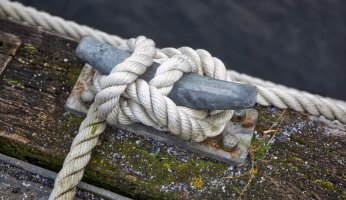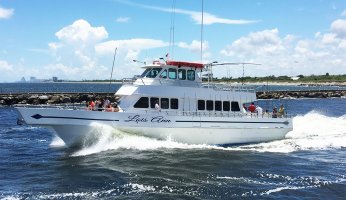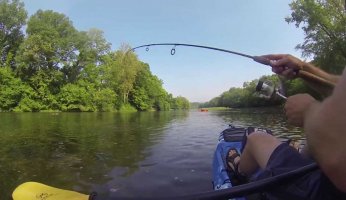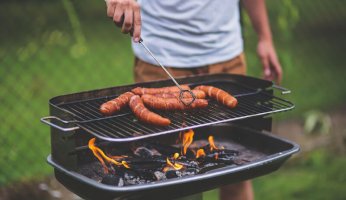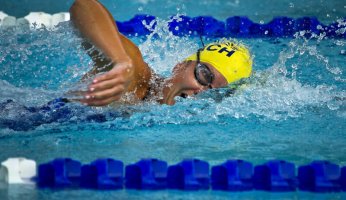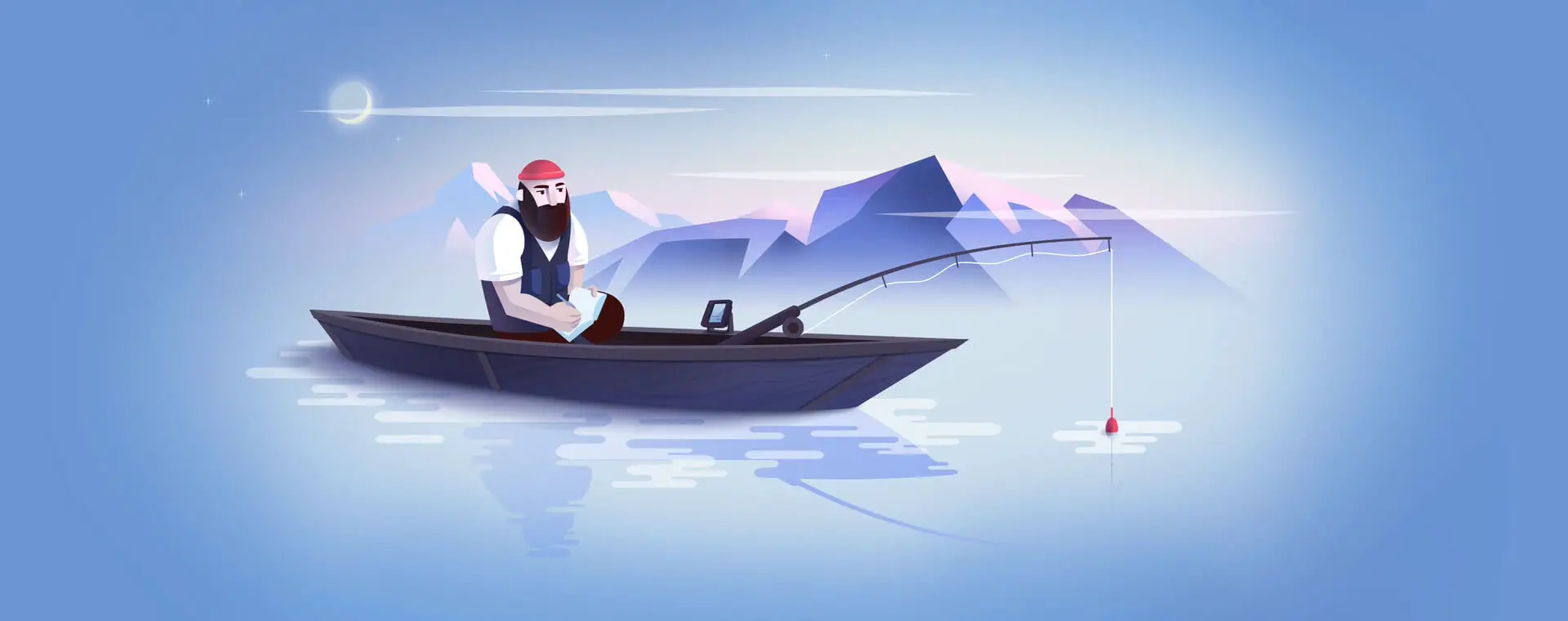Fishing with Extreme Temperatures
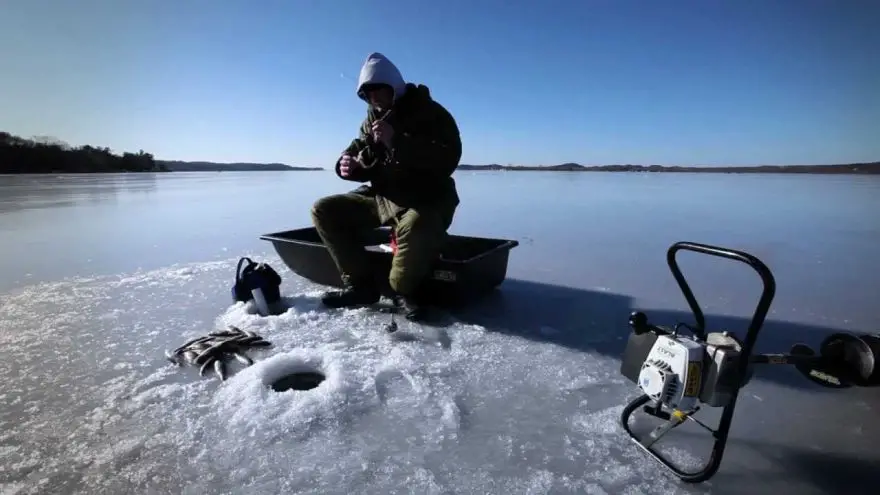 Fishing with Extreme Temperatures
gearweare.net
Fishing with Extreme Temperatures
gearweare.net
I live in the Midwest and our temperatures vary from below 0F up to about 110F. Despite one of the highest variations in temperature in the world, we enjoy fishing year round. Weather is rarely a reason to stay home and miss out on the big one. However, there are some effective strategies we use for high and low temperatures to stay safe and comfortable.
Surprisingly, many of these strategies are the same for high and for low temperatures. In either situation you have to protect your body and give yourself the best chance of fighting off the elements. You also have to alleviate enough discomfort that you are willing to stay outdoors for several hours.
In this article I will cover the different strategies that can help you deal with hot and cold temperatures when fishing. Some may seem like common sense, but I hope some will add a new tool to your arsenal. Perhaps we can help you expand your fishing season as well.
Table of Contents
Cover Up
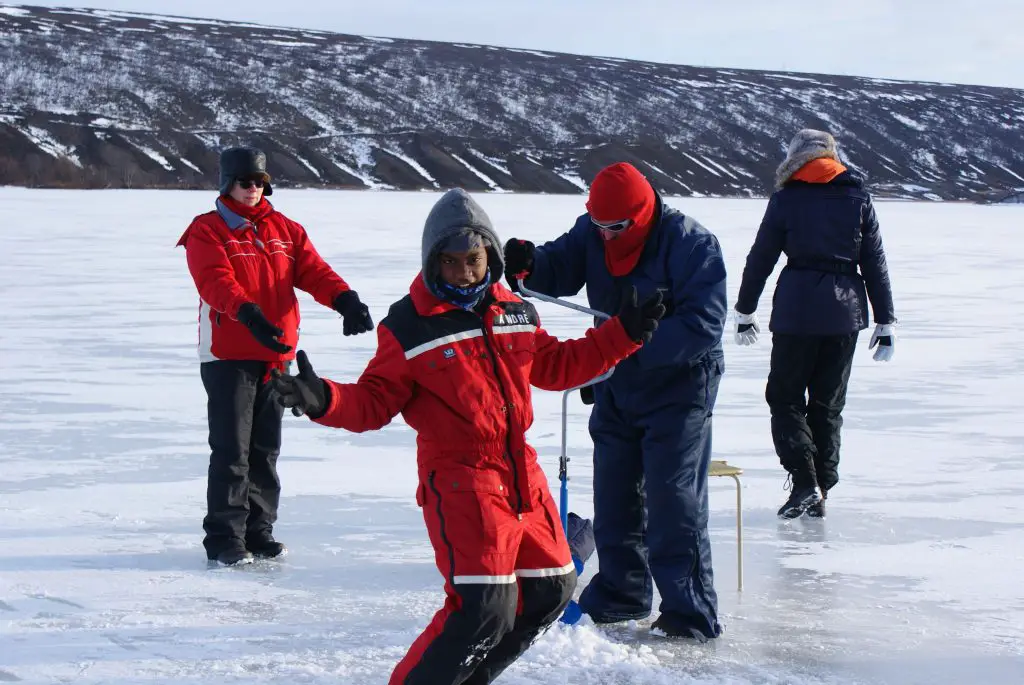
It is obvious that you need to wear warm clothing in cold temperatures, but covering your body is just as important in warm weather. Rarely are the benefits of a light breeze going to outweigh the potential for a bad sunburn. In warm weather, wear one loose fitting layer that will cover your whole body. Do not neglect your hands, feet, or head. If you wear a hat, make sure it has a brim covering your face, ears, and the back of your neck. I sometimes even wear a shemagh to more effectively cover my whole face. I also wear open fingered gloves to cover my hands but give me the dexterity I need. Bring sun screen as well for any parts of your body that are exposed.
For cold temperatures, do not go for one super-thick layer. Instead wear several loose-fitting layers. This is important because temperatures and work levels may vary. If you only have one layer, you may end up sweating. Sweat has a chemical that speeds up the cooling of the skin. Even without this chemical, being wet can help set in hypothermia 20 times faster than being dry. Dexterity is always a concern, so gloves should be layered if possible. Buy your boots a size or two larger than you need so you can fit a pair of thick wool socks in there. These warm layers help block the wind as well.
Stay Hydrated
Conversely, this may be obvious for heat but not so much for cold. Hydration is just as important when your body is trying to stay warm. Keep in mind that your body’s ability to expend energy and keep your blood flowing is drastically affected by hydration. Frostbite in particular can set in faster if you are dehydrated. The cold will also hurt your joints and extremities more when you are dehydrated. Drink warm fluids if possible to warm your core body temperature. No drinking alcohol or caffeine if possible.
In the heat, dehydration can make heat stress and heat stroke set in faster. It drastically amplifies the effects of the heat. Drink lots of water, but do not wait until you are thirsty and then chug. Start hydrating the night before and then sip on water all day. Avoid energy drinks as they just add unneeded sugar to the mix. Keep the drinks cool and again avoid caffeine and alcohol of possible.
Stay Fed
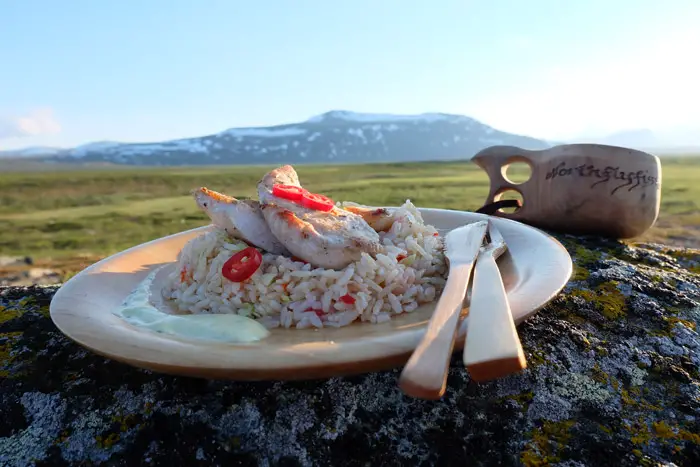
Food also affects your body’s ability to regulate temperature. Especially in the cold, food is the body’s fuel to generate heat. Without food, you need an outside source of heat to stay warm. This is hard to come by on a boat. Eat several small meals the day before which have an equal balance of meat, carbohydrates, and vegetables. On the day of your fishing trip, bring snacks that will give you energy. Beef jerky and granola bars are good options. No sweets or junk food should be consumed if possible.
Stay Rested
Again, your body’s ability to regulate temperature is affected by rest. A rested body will have more energy to control its temperature. A tired body will succumb to the temperatures more quickly. If you are like me and have a hard time sleeping the night before a big fishing trip, take a good nap the day before. You should be shooting for a total of eight hours of sleep, so a two hour nap can make a big difference. Plus fishing is always more fun if you are not nodding off.
Other Options

There are a few other things you can do to help with hot or cold outside temperatures. For the cold, you can always build a fire if you are on the shore. Most fish are attracted to the light, so it should not negatively affect your ability to catch fish. Bring warming packs for your hands, feet, and core. These are inexpensive and work well to keep you warmer. Also, you can pick a spot that is sheltered from the wind. The wind can drastically affect the sting of the cold, so controlling it is smart. Finally, you can buy portable space heaters if you need another option for an external heat source.
For heat, there are not as many options. You can buy a portable fan to keep the wind moving. There are also misting units available that will shoot a fine mist of water in your face to keep you cool. You want to try and stay in the shade, so fishing under a tree is smart. Try to find a channel that has good air flow. Cooling towels can help. These nifty tools can be dipped in water and will almost instantly drop down to about 60F in temperature. They are great to wrap around your neck. Also bring bug spray and expect insects to be an issue.





